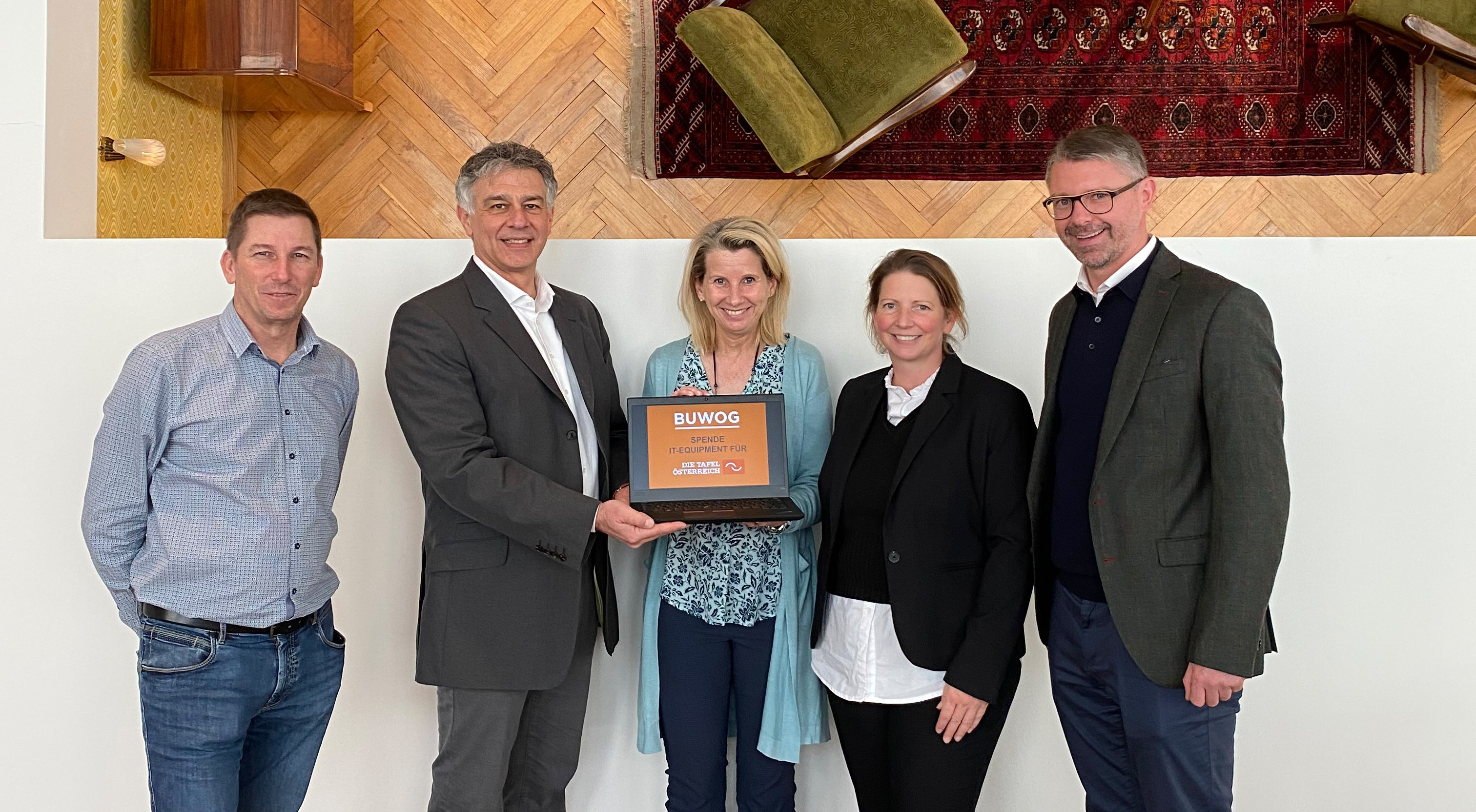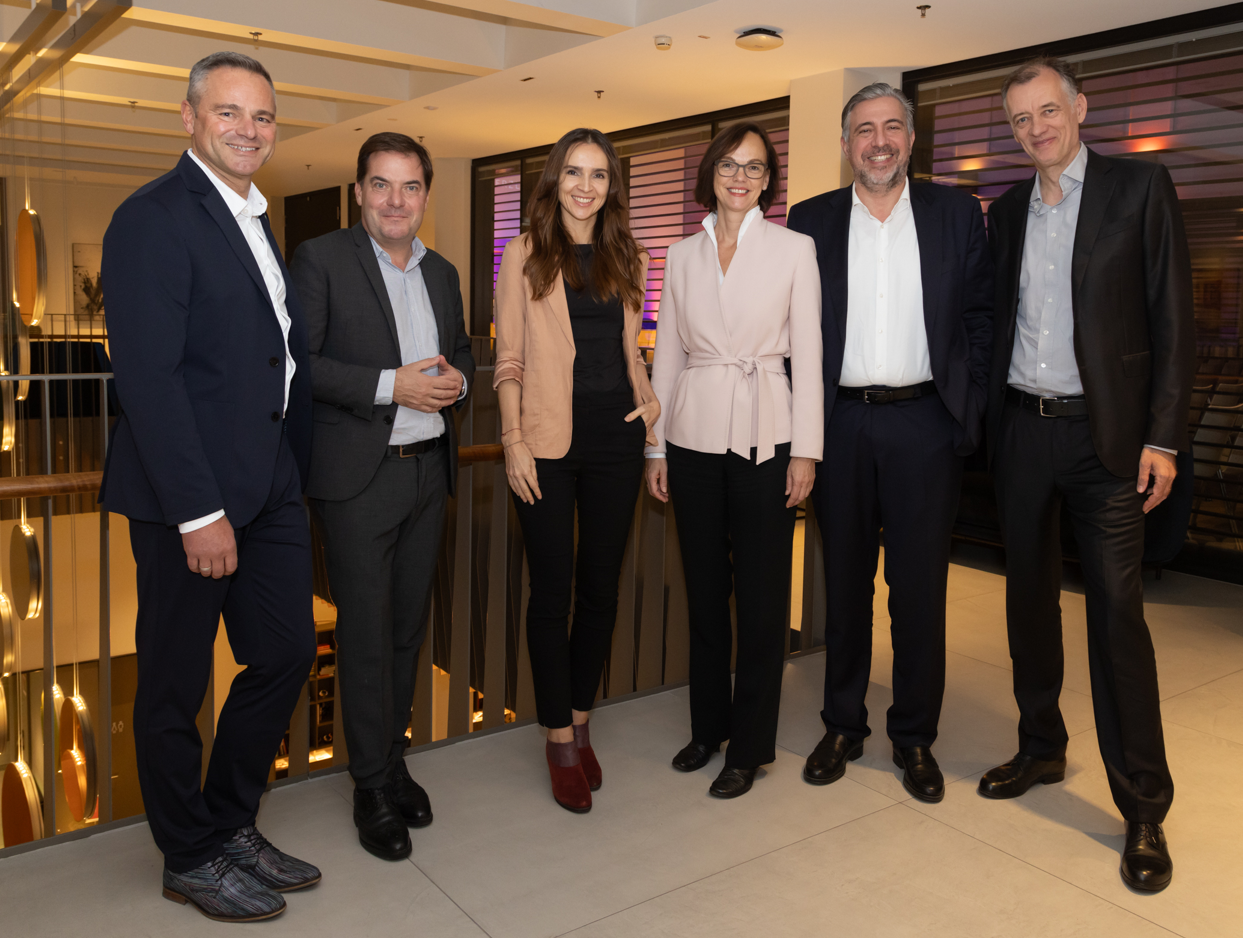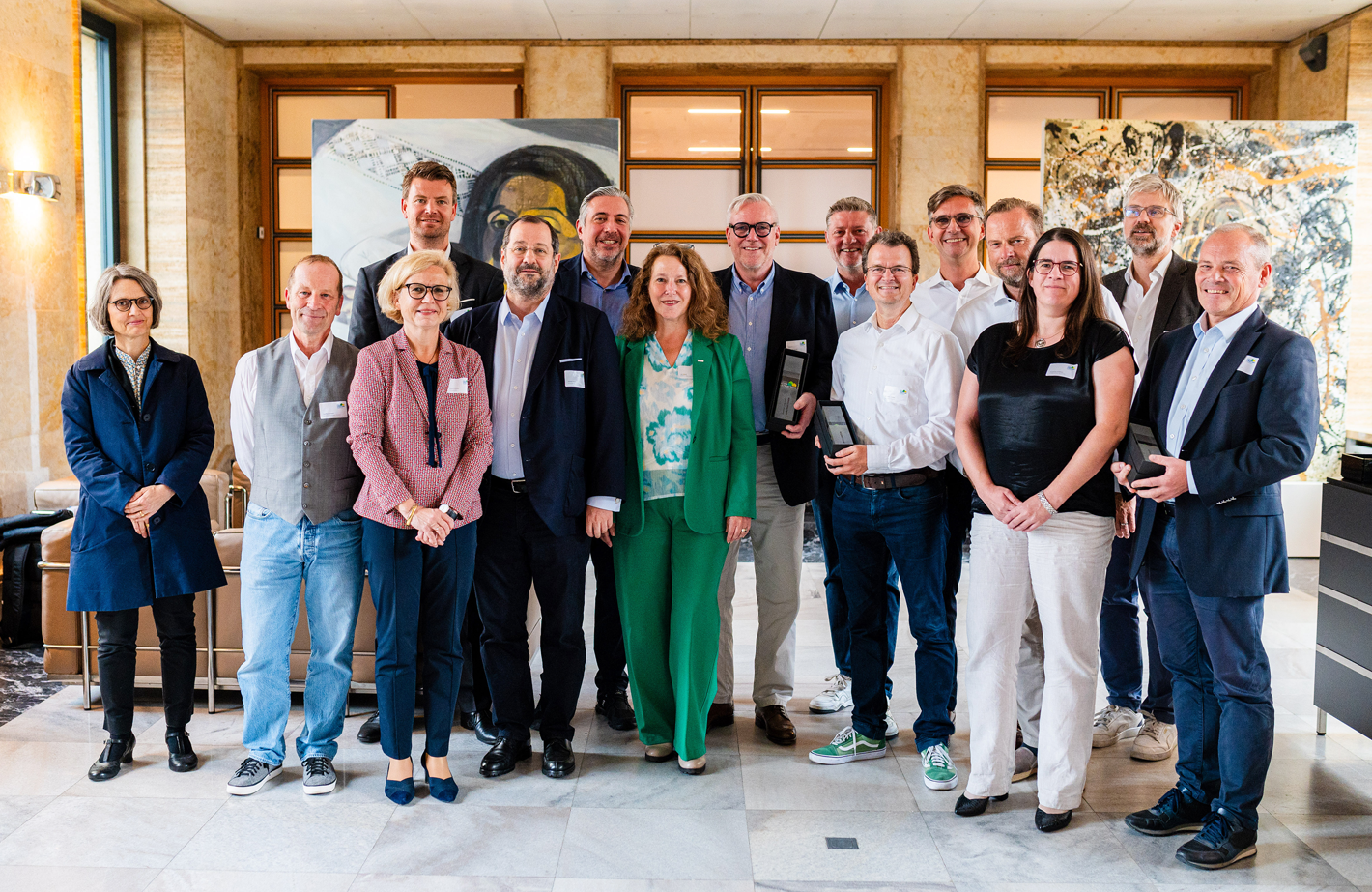- Trendsetting project to reduce land use wins the BigSEE Award
- Multifunctional structure a pioneering project for forward-looking urban development and alternative to the Athens Charter, which advocated a separation of functions
- Sustainability & climate protection: commercial zones are no longer permitted to be monofunctional, but must be rezoned into mixed-use urban areas

Außenansicht RIVUS Schule/Spar
Urban development is an issue which we will be dealing with extensively, unlike in previous decades. The enormous negative effects of our suburbs on climate protection, traffic volume, land use and the beauty of our cities, among other issues, are too obvious. The coronavirus pandemic has given us time to reflect, encouraged a sharper view of our cities and resulted in a re-evaluation of living and working. Of all the ongoing crises in the current turn of events, it’s the climate crisis that should “make us rethink our cities”, architect Peter Lorenz says. Models of thought and theories are laying the foundations for bringing to fruition new avant-garde building projects that are ahead of their time and will help provide a guide for the urban design of today and the future – like the RIVUS School/Spar project on Breitenfurter Straße in Vienna/Liesing.
As part of the overall RIVUS project, BUWOG, together with Peter Lorenz of LORENZATELIERS, has developed a future-oriented, multifunctional structure with horizontal layering comprising four uses (semi-recessed parking deck, food market, 17-class public primary school, open rooftop areas) that occupied four plots of land in the previous urban plan. This special structure recently won the BigSEE Award in the category of architecture. Every year the BigSEE Award honours the top projects in the region of Southeastern Europe in the categories of architecture, interior, product, fashion, wood and tourism design.
“It’s a marvellous recognition of our municipal commitment that our RIVUS School/Spar project, developed together with BUWOG, has been honoured with this prestigious award,” Lorenz says. “The time from development to opening and completion took a number of years and was an enormous challenge for all of the participants in the project because of its innovative character – first and foremost for the developer BUWOG, but also for the municipal policymakers, planning authorities, users and of course the architects themselves.”
“RIVUS School/Spar proves that something positive and successful can come out of this, and it makes us proud that we’re setting an example,” Andreas Holler, managing director of BUWOG Group GmbH, says, adding: “Austria is the less famous European champion when it comes to land use – every day, land equivalent to more than 12 football pitches is developed in this country. That’s six times as much as the respective federal government has set as a cap for over 20 years. Thus we’re in a situation where a rethink is a necessity, no longer an option. I’m all the more delighted that we’ve been able to demonstrate the sustainability of such projects with RIVUS School/Spar and the Big SEE Award.” As recently as spring 2022, the project was recognised across Europe with the International Property Award in the Public Service Development category.
Urbanising, not rezoning suburbs
“In terms of urban planning, the suburbs that have ‘cancerously’ sprawled all over the world hearken back to the Athens Charter of 1933 – a response to the major environmental problems of urban industrialisation in the nineteenth century,” Peter Lorenz explains. At that time, people sought salvation in the separation of functions, which, together with the automotive city of the 1950s, gave rise to today's “suburban drama”. In contrast, alternative urban concepts have been around since the 1950s – but despite this, the separation so deplorable today has prevailed. “Since the end of the 1960s, we’ve learned to preserve the historic city centres throughout Europe with strict regulations and have increasingly placed bans on cars. Meanwhile, outer districts everywhere have been left to ‘grow wild’ outside of any planning. Even if there are impressive new ideas, particularly in Vienna, nationwide we are all appalled by the mishmash of single-family housing deserts, commercial areas with petrol stations, furniture/warehouses, shopping centres and whatever else no longer finds a place in the city centre.” After an amendment to constitutional law in 1962, the municipalities were given sovereignty over spatial planning. “The effect of this is different in the bigger cities, which exhibit a competence in planning, unlike the overstretched rural municipalities with their web of political relationships,” according to Lorenz. “Of course, there are glaring differences between the cities with their own planning competencies and the overburdened rural municipalities. Vienna is well aware of the problem – but there is latitude for important improvements in the capital as well.”
“Our urban expansion activity is far too extensive when it comes to space,” Holler adds. This has led to increased traffic and distances. “You have to look at where people live and where they work. If this distance becomes too great, problems arise, which we’ve been seeing in numerous cities for some years now.”
Commercial areas are to be urbanised
Peter Lorenz has therefore called for a change in thinking, also because of the underestimated impact on climate protection: “Commercial areas can no longer be used monofunctionally, they have to be urbanised.” This includes higher densities, city-centre building heights and mixed uses such as in the core area. “In view of the massive waste of space, commercial areas should be better utilised and areas for education, culture, sports and especially housing and even outdoor facilities, etc. should be layered horizontally on top of each other. RIVUS School/Spar shows what the urban development of the future should look like – several, in this case four uses, on one plot of land,” Andreas Holler says.
This contemporary position is also in line with the EU’s goal of net-zero land use by 2050 – for this, member states are supposed to set their own ambitious national, regional and local net land use reduction targets for 2030 by 2023 and apply the avoid - reuse - minimise - offset land-use hierarchy rather than sealing off more natural or agricultural areas. “However, the major transition has to happen much sooner,” according to Lorenz, “because we won’t be able to afford continuing what we’ve been doing for so long.” This is already becoming evident in rising construction costs. “For sheer economic reasons, we’ll have to think about how projects can be built in the future and how, for example, apartments can be placed on top of warehouses.”
RIVUS School/Spar: a work of avant-garde
With RIVUS School/Spar, a pilot and showcase project has been developed which is also a prestigious project for the City of Vienna. Andreas Holler: “Together with the architect, we have created an avant-garde European project in Austria, whose special feature is not just the architecture, but our pioneering achievement in urban development.”
Lorenz notes that it goes without saying that implementing such a forward-looking project also entails enormous challenges for everyone involved. “On the one hand, there was a desire and willingness on the part of the city, BUWOG and of course us to develop the property in an innovative way. On the other hand, innovative projects always generate resistance, discussion and friction – but that’s also important because this is the only way something new can emerge.”
RIVUS School/Spar was also something new for BUWOG, Holler concludes: “As a housing developer, we are specialised in this respect, but I see continuous development as part of our responsibility. This also includes promoting urban innovations – and in all areas.”
Press request Austria

Natascha Toegl
Pressesprecherin



